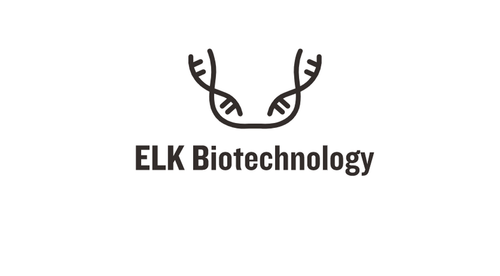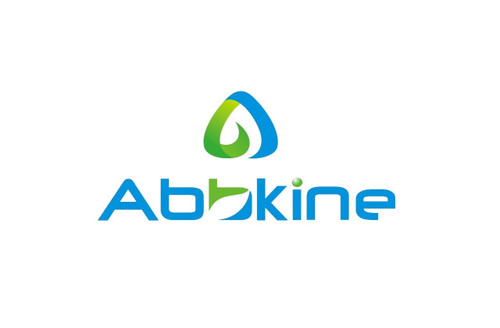Product Description
Human Pappalysin-2 (PAPPA2) ELISA Kit | AE60187HU | Abebio
Species Reactivity: Human (Homo sapiens)
Abbreviation: PAPPA2
Alternative Name: RP4-774I24.1; PAPP-A2; PAPPE; PLAC3; placenta-specific 3|pregnancy-associated plasma preproprotein-A2|pregnancy-associated plasma protein-E
Application: ELISA
Range: 31.25-2000 pg/mL
Sensitivity: 13.5 pg/mL
Intra-Assay: ≤5.5%
Inter-Assay: ≤8.2%
Recovery: 0, 99
Sample Type: Serum, Plasma, Other biological fluids
Detection Method: Sandwich
Analysis Method : Quantitive
Test Principale: This assay employs a two-site sandwich ELISA to quantitate PAPPA2 in samples. An antibody specific for PAPPA2 has been pre-coated onto a microplate. Standards and samples are pipetted into the wells and anyPAPPA2 present is bound by the immobilized antibody. After removing any unbound substances, a biotin-conjugated antibody specific for PAPPA2 is added to the wells. After washing, Streptavidin conjugated Horseradish Peroxidase (HRP) is added to the wells. Following a wash to remove any unbound avidin-enzyme reagent, a substrate solution is added to the wells and color develops in proportion to the amount of PAPPA2 bound in the initial step. The color development is stopped and the intensity of the color is measured.
Product Overview: Pappalysins comprise one of the five families of Metzincins (other families include ADAMs/ADAMTSs, MMPs, Astacins, and Serralysins) . Pappalysin-1 (PAPP-A) is an important pregnancy protein and increases in plasma by a factor of about 150 during pregnancy. Reduced maternal serum PAPP-A is a major marker of Down syndrome in the first trimester of pregnancy. PAPP-A cleaves IGFBP-4 and -5 (insulin-like growth factor-binding protein-4 and 5) at a single site, resulting in the release of bioactive IGF. Pappalysin-2 (PAPP-A2; also called PAPP-E) shares 45% amino acid identity with PAPP-A and cleaves IGFBP-2.sialic acid binding Ig-like lectin 6 (Siglec-6), a potential leptin receptor, and pappalysin-2 (PAPP-A2), a protease that cleaves IGF-binding proteins
Stability: The stability of ELISA kit is determined by the loss rate of activity. The loss rate of this kit is less than 5% within the expiration date under appropriate storage condition. The loss rate was determined by accelerated thermal degradation test. Keep the kit at 37°C for 4 and 7 days, and compare O.D.values of the kit kept at 37°C with that of at recommended temperature. (referring from China Biological Products Standard, which was calculated by the Arrhenius equation. For ELISA kit, 4 days storage at 37°C can be considered as 6 months at 2 - 8°C, which means 7 days at 37°C equaling 12 months at 2 - 8°C) .
 Euro
Euro
 USD
USD
 British Pound
British Pound
 NULL
NULL












